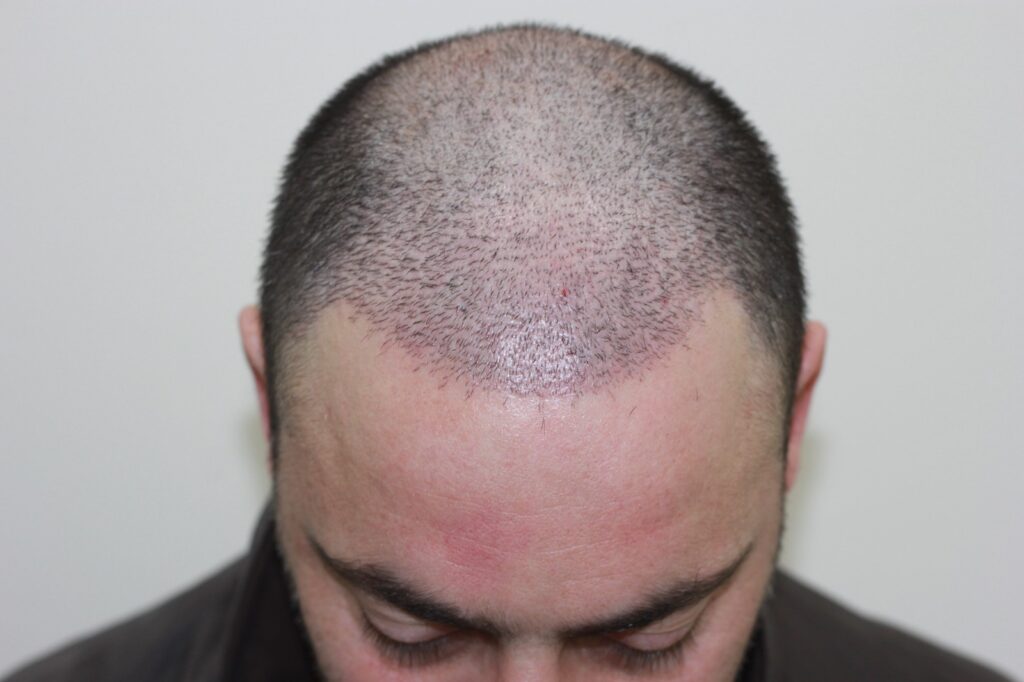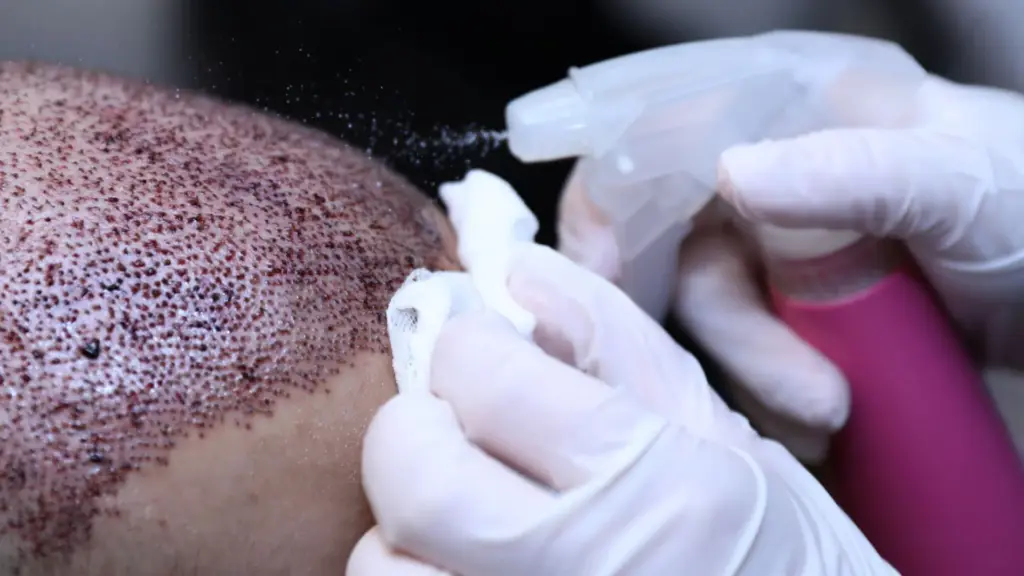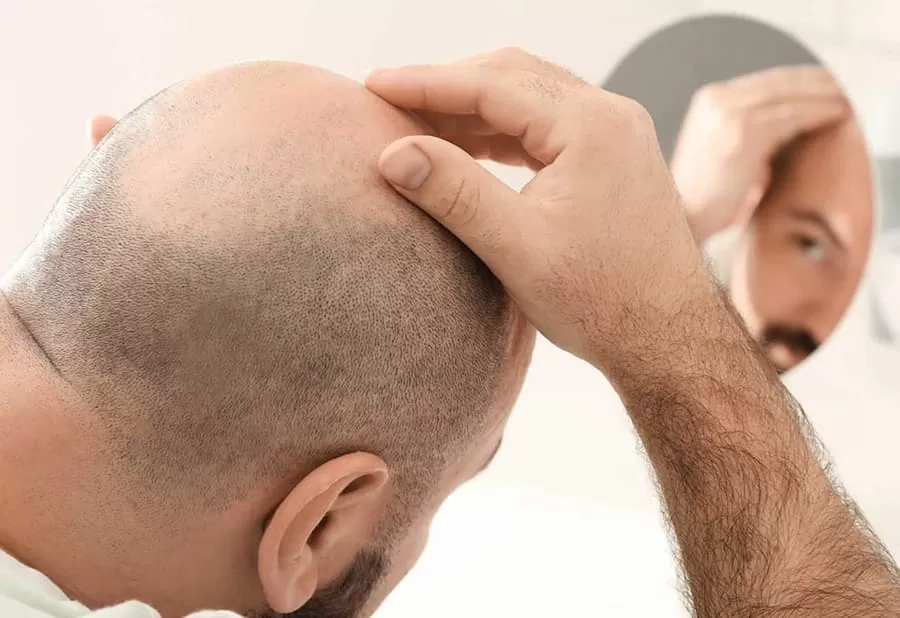Hair Transplant
Causes of Hair Loss :
Hair loss is a widespread issue affecting millions of people worldwide. It can have a significant psychological impact on self-confidence and overall appearance. Various factors contribute to hair loss, including:
- Genetic Factors: Heredity plays a crucial role in hair loss, with many individuals experiencing pattern baldness from an early age.
- Hormonal Changes: Fluctuations in hormone levels, such as those occurring during pregnancy or after menopause, can trigger hair thinning.
- Skin Diseases: Conditions like alopecia, psoriasis, and fungal infections can damage hair follicles and weaken scalp health.
- Nutritional Deficiencies: Lack of essential nutrients such as iron, protein, and vitamins can significantly impact hair health.
- Stress and Anxiety: Chronic stress can disrupt the natural hair growth cycle, leading to temporary or permanent hair loss.
Does hair transplant work?
Hair transplant is an advanced medical procedure designed to restore hair in areas affected by baldness or thinning. It involves several key steps:
- Consultation and Planning: A specialist assesses the patient’s condition and identifies the target areas for transplantation.
- Hair Follicle Extraction: Hair follicles are extracted from donor areas, typically the back of the head, where hair is denser.
- Preparation of the Grafts: The extracted follicles are meticulously processed to ensure optimal survival and growth
- Implantation of Hair Follicles: The follicles are implanted in the recipient area using precise techniques to ensure a natural hairline.
- Recovery and Follow-Up: After the procedure, patients must follow post-operative care instructions to promote healing and hair growth.
Main Hair Transplant Techniques
There are two primary techniques used in hair transplantation, each suited to different cases:
- Follicular Unit Extraction (FUE): A minimally invasive method where individual hair follicles are extracted and transplanted.
- Follicular Unit Transplantation (FUT): A strip of scalp containing hair follicles is removed, dissected, and transplanted into the target are

Benefits of Hair Transplantation
Hair transplantation offers a long-term solution for individuals struggling with hair loss. Some of the key benefits include
- Permanent and Natural Results: The transplanted hair grows naturally and does not require special maintenance.
- Enhanced Appearance and Self-Confidence: Restoring hair improves overall looks and boosts self-esteem.
- Safe and Effective Procedure: With technological advancements, hair transplantation is now safer and has a high success rate when performed by experienced professionals.
- Low Maintenance: Once the transplanted hair has fully grown, no special care is needed beyond regular hair washing and grooming.
Post-Transplant Care:

To achieve optimal results, patients must follow their doctor’s guidelines post-surgery. Important aftercare tips include:
- Avoid touching or scratching the scalp to prevent damaging the implanted follicles.
- Use prescribed medications such as antibiotics and topical solutions to aid healing and prevent infections.
- Avoid direct sun exposure for the first few weeks.
- Refrain from strenuous physical activities that may cause excessive sweating.
- Avoid using hair dyes or chemical treatments for at least one month after the procedure
Expected Results After Hair Transplantation :
The final results of a hair transplant take time to become fully visible. In the first three months, some shedding of the transplanted hair may occur, a process known as “shock loss.” By six to twelve months, new hair starts to grow, with full results usually visible after a year.
Is Hair Transplant Suitable for Everyone?
Although hair transplantation is an ideal solution for many people, it may not be suitable for everyone, including:
- Individuals with active scalp conditions that could interfere with healing.
- Those with insufficient donor hair to extract healthy follicles.
- Patients with autoimmune disorders that may impact hair regrowth success.
A hair transplant is a long-term investment in personal appearance and self-confidence. By choosing an experienced specialist and following the right post-operative care, individuals can achieve natural-looking, lasting results that restore their youthful and vibrant appearance.



